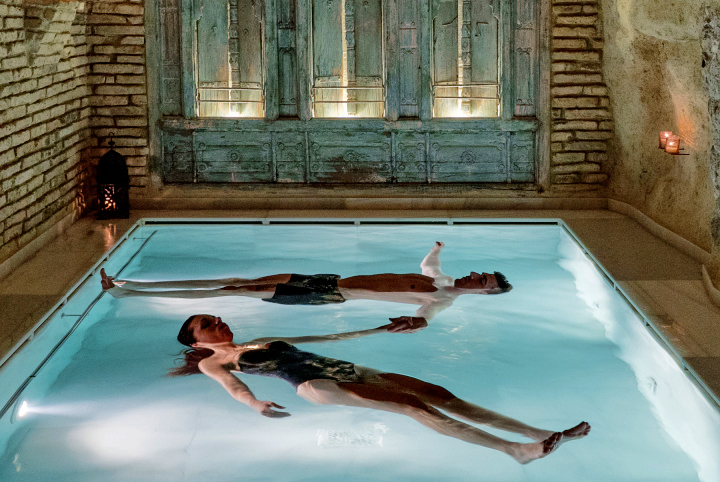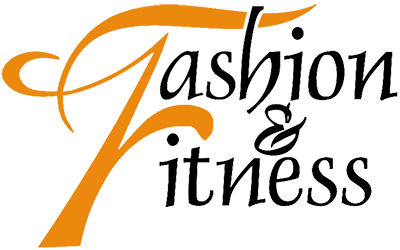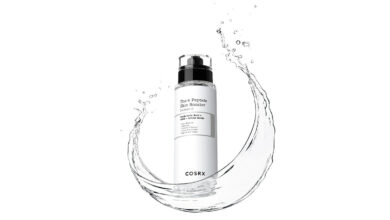
The ancient Greeks and Romans considered bathing essential to a civilized life. Public and private bathhouses were common. Cleanliness was only one reason these citizens enjoyed the art of bathing. The classic societies recognized the effects of the baths on healing and beauty. Baths were used to soothe aching muscles, tense nerves and skin irritations or to soften skin and produce rosy complexions. Other baths reduced weight and energized.
Today we can enjoy the same luxury of bathing in the privacy of our own homes. However, in this high-pressured, fast paced world, tub bathing is often replaced by a quick shower. Besides, many new homes have fiberglass tubs on which most bath preparations leave hard to remove mineral and oil residues. It’s obvious why the art of bathing has become an all but lost art.

Herbal bath or shower
Let’s set the stage – you are in your bathroom. You’ve set the atmosphere by lighting a candle and loaded your favourite musical cassette into your child’s jam box (away from the tub, of course). The tub is filling with water. You place a muslin bag filled with the appropriate herbs into the water to soak. You undress and step into the tub. Now slowly sink into the water and rest your head against a rolled towel. Relax to the fragrance of rose petals or lavender wafting up in the steam. Perhaps someone you love has joined you in the tub. Take turns rubbing each other’s bodies with the moistened bag of herbs. When you are through, let all the stress, the aches and the worries float out into the water and imagine them going out the drain as the tub empties. Ahh!
Even if you must take a shower, you can still reap the benefits of the herbal bath. Place the bag filled with the herbal mixture into a cup of boiling water to soak for ten minutes. Then rub the “bath-tea” over your body. Or, you can tie the bag onto the shower head and let the water run through the bag. Take your shower. Then rub the body with the soaked herbal bag. Whether you shower or bathe, squeeze the moisture from the bag to release everything you can from the herbs. As far as possible prefer herbs in their natural state because bruising or crushing the herbs immediately prior to the use assures the most effective results. If you are under a doctor’s care for a particular symptom, you should consult with your physician before using bathing or herbs for treatment.

Herbs for disease
Baths are one of the most powerful means of affecting the human system in either health or disease. The new health consciousness of today has renewed an interest in bathing for health. Along with healthier diets and homeopathic medicine we can again enjoy the benefits of bathing for health with the herbal bath. Disease or “DIS-EASE” has been treated for centuries by adding herbs to the bath. Certain herbs aid in relieving specific symptoms.
Being a great lover of the outdoors, I am susceptible to insect bites especially chiggers, tiny mites that borrow under the skin and cause very uncomfortable itching. After trying numerous lotions and the old remedy of painting myself with clear fingernail polish, I still suffered until I bathed in a hot bath with chamomile added as the main ingredient gives instant relief. A chamomile bath also aids in the relief of aching muscles and nervousness.
Eucalyptus added to the bath not only opens the pores but the vapours rising from the steamy bath water help to clear the breathing passages. Hyssop, which is used to flavour green salads, chicken soup, lamb and poultry and is a key ingredient in some liqueurs, has a history of use as a cleansing herb and antiseptic. Another one is a beauty bath including lavender and rosemary. There are tonic herbs, soothing herbs, fragrant herbs, the list is long and the combinations just as numerous.

Floral Baths
Floral baths have a long history. It was in vogue even during Roman and Egyptian empires. Women in that era loved pampering themselves with floral baths. In fact, it was a regular routine for them. These floral baths in combination with herbs and flowers used to give healing power as well. So it was actually best of both worlds; health as well as beauty. Here are different types of fascinating floral baths.
One of the most popular one is milk bath. This form of floral bath is known to feed your skin with nutrition. It is in existence since centuries and was first made popular during Roman Empire. It can be easily made at home mixing milk and water. To further explain its making, you need to take some milk. Make it half litre. Add to it, 2 tablespoons of honey, crushed rose petals juice and mix the combination to warm bath water. Now enjoy the bath in a leisurely fashion. Pour it over yourself in a slow fashion.
You are definitely going to relish mixed herbs and leaf bath. It is made by adding bay leaves, chamomile leaves and rosemary leaves. Thereafter, you need to tie them up and soak the bundle in bathtub full of slightly warm water. Then enjoy your bath in the fragrant water and feel the difference. There is also a floral bath for dry skin. You will require some glycerine and rose water. Rub this combination all over your body in a leisurely fashion and take a relaxing bath afterwards. Another alternative is using almond bath. Best suited for winter season, all you need is few almonds and muslin. Your wonderful almond bath is ready to make you feel fresh and rejuvenated.

Water therapy
Water temperature plays an important role in the effectiveness of the bath. In preparing baths, a thermometer is the best temperature test, however, the “elbow test” will sometimes help when a thermometer is not available. A cold bath is an excellent means of stimulating the system. When fatigued or exhausted it is better to start with tepid and increase to cold water. Cold baths should always be brief, unless given for a specific purpose. Care should be taken not to use either extremely hot or cold baths for the very old or very young or nervous persons as this may shock the system.
Temperature of the room should be between 70 and 85 degrees F. or warmer if required. Good ventilation is important but no drafts no matter what the temperature of the bath. Cool to warm baths are also stimulating and refreshing. Warm to hot baths are better for relieving aching muscles and joints because the heat relaxes the muscles. Resting after the bath also adds to its beneficial results. Remember, no chills. Hot baths are also wonderful for producing perspiration and stimulating the elimination of toxic substances from the body by opening up the pores of the skin.
This is followed by a cool shower or spray to close the pores. Hot baths above 104 degrees F. are not recommended for persons with high blood pressure, nerve disorders or pregnancy. Recommended temperatures are 96 to 98 degrees F. for hot baths; 92 degrees F. for a refreshing bath; and 70 to 85 degrees F. for a peppy bath. Immersion therapy can be simple or as elaborate as you wish. Let’s not forget the modern-day hot tub and Jacuzzi which are so popular today. A bag of herbs thrown into the water can add to your bath-time pleasure and help you enjoy the art of bathing.







